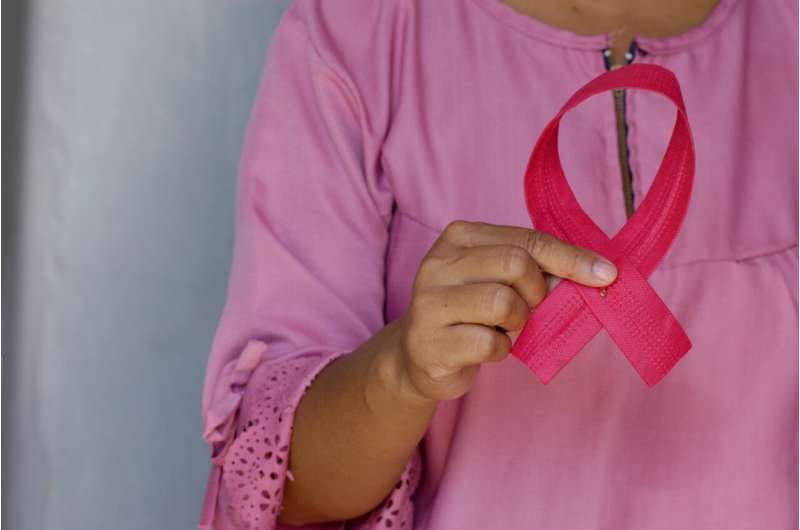'One and done': A single shot at birth may provide long-term HIV protection for children

A new study reveals that a single gene therapy shot administered at birth can protect children from HIV for years, offering a promising strategy to reduce mother-to-child transmission in high-risk regions.
A groundbreaking study published in Nature suggests that administering a single gene therapy injection to newborns could offer protection against HIV that lasts for years. The research highlights a critical early-life window when the immune system's natural tolerance makes it an optimal period for effective treatment. The study, conducted on nonhuman primates, found that those treated within their first month of life remained protected from HIV for at least three years without needing additional doses. In contrast, subjects treated between 8 to 12 weeks showed less effective acceptance of the therapy, likely due to a more developed immune system.
This approach involves using a harmless virus called adeno-associated virus (AAV) to deliver genetic instructions to muscle cells—long-lived cells capable of producing broadly neutralizing antibodies (bNAbs) capable of fighting various HIV strains. This eliminates the need for repeated infusions, a major challenge in low-resource settings. The treatment was especially well tolerated by newborns, with high levels of protective antibodies generated and sustained over time.
The strategy not only promises a more cost-effective and feasible way to prevent mother-to-child HIV transmission but also could fill the gap in healthcare access, as follow-up visits are often limited in high-risk areas like sub-Saharan Africa. The study also reveals that prior exposure to antibodies before birth may improve acceptance of the therapy in older infants, reducing immune rejection.
While promising, further research is necessary to determine if these results translate effectively to human infants, given differences in immune system maturity and the variety of HIV strains. Nonetheless, this innovative approach could revolutionize efforts to eradicate pediatric HIV and potentially be adapted to combat other infectious diseases such as malaria.
Stay Updated with Mia's Feed
Get the latest health & wellness insights delivered straight to your inbox.
Related Articles
New Biomarker Advances Personalized Treatment for ER+ Breast Cancer Patients
Researchers identify a biomarker that could predict responsiveness to CDK4/6 inhibitors in ER+ breast cancer, paving the way for more personalized therapies and improved patient outcomes.
Innovative AI Tool Uncovers Hidden Disease Indicators Through Cellular Genetic Analysis
McGill University researchers have created an AI-powered tool that detects subtle disease markers within cells by analyzing gene splicing at the exon level, promising earlier diagnosis and personalized treatment options.
Open Science Drives Development of Broad-Spectrum Coronavirus Antiviral
A new broad-spectrum coronavirus antiviral, ASAP-0017445, developed through global open science and AI collaboration, shows promising potential as a next-generation treatment. Source: Medical Xpress.



